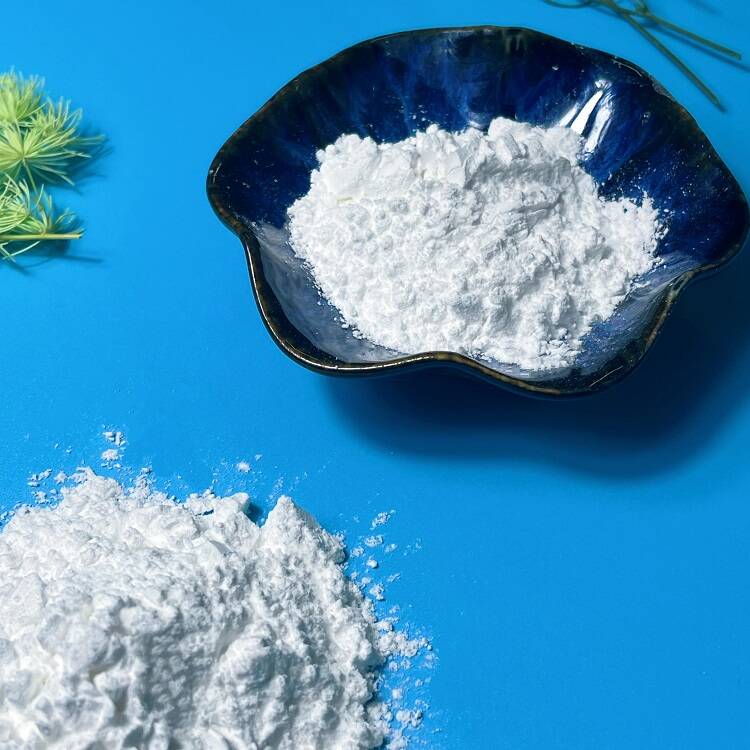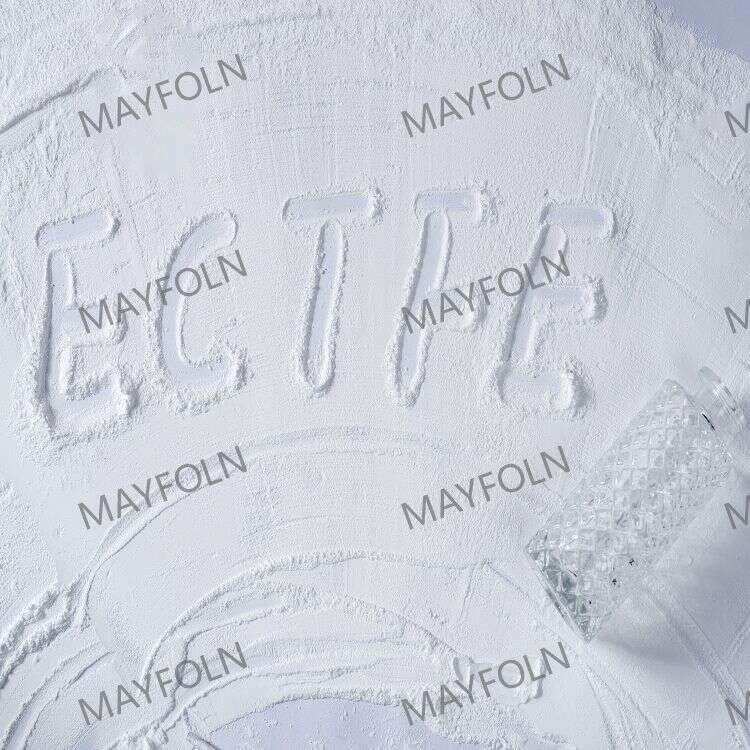-
Categories
-
Pharmaceutical Intermediates
-
Active Pharmaceutical Ingredients
-
Food Additives
- Industrial Coatings
- Agrochemicals
- Dyes and Pigments
- Surfactant
- Flavors and Fragrances
- Chemical Reagents
- Catalyst and Auxiliary
- Natural Products
- Inorganic Chemistry
-
Organic Chemistry
-
Biochemical Engineering
- Analytical Chemistry
-
Cosmetic Ingredient
- Water Treatment Chemical
-
Pharmaceutical Intermediates
Promotion
ECHEMI Mall
Wholesale
Weekly Price
Exhibition
News
-
Trade Service
Paint additives are a class of important components of coating products, it can improve the production process, improve product performance, improve paint construction performance, improve and improve the performance of coatings and coatings can play a very key role, with people's increasing attention to environmental protection, water-based coatings began to develop rapidly, water-based coating additives more and more attention by the industry. So what do water-based coating additives need to pay attention to in terms of choice?
wetting dispersant
contact with solids and liquids, the original solid gas interface disappears, forming a new solid-liquid interface, a phenomenon known as wetting. Wetting pigment fillers with liquids and allowing them to penetrate into the aggregates and aggregates of pigment fillers, if a small amount of surfactants are added to the liquid, it is easier to moisturize and penetrate, this is the wetting effect . The surfactant that moistens or accelerates the wetting of pigment fillers is called a moisturizer. This liquid is water in water-based coatings.
surface properties of pigments and fillers, the type and dosage of wetting dispersants and the effectiveness of dispersing equipment are the main factors affecting dispersion.
or sinking of pigment and filler suspension dispersion systems depends on the force, repulsion and attraction between particles. Rejection is the main factor of stability, and attraction is the main factor of cohesion.
defrost
foam is produced and, under external force, when air enters a liquid containing surfactants, the surfactant is directed at the gas-liquid interface. The hydrophobic base faces the air of the bubble, and the hydrophobic base faces the water, producing a large number of bubbles. There are several reasons for foaming in coatings.
1: Paint production due to mechanical mixing will bring air clips into the paint,
2: paint coating process brought in the air, such as brushing, roller coating, high-pressure airless spraying.
3: Two-part coating, mixing the mixed air before construction.
4: There are more pores in the coating, as the infiltration air of the coating is driven out to form air bubbles, such as during the construction of paint on porous wood and cement walls.
5: Bubbles produced by chemical reactions, such as polycyanate in two-part PU coatings, react with trace amounts of water to produce carbon dioxide.
foam is unstable in nature, and its removal is subject to three processes, namely, the re-distribution of bubbles, the thinning of the film thickness and the rupture of the membrane. But a relatively stable foam system, to go through these three processes to achieve natural deblistering takes a long time, most of the production using defrosting agents. It is generally believed that the defrosting agent reduces the local surface pressure of the foam film and defrosts. Because of the low surface pressure of the desiccant itself, it always penetrates into the foam system in the form of particles, which reduces the surface pressure of the bubble film in part. Because the liquid with low surface pressure always flows to the liquid with high surface pressure, the membrane wall gradually thins, and is strongly traction by the membrane layer with high pressure on the surrounding surface, resulting in stress imbalance, which eventually leads to the rupture of the bubble.
there are three main types of desticants currently commonly used: mineral oil deblisters, silicone-based deblisters, and silicone-free polymer desulfants.
the choice of anti-
the choice of anti-foaming agent, there are many factors in the coating formulation have an impact on foaming and stability.
1: Surface pressure The surface pressure of the coating has a greater impact on the desiccant, the surface pressure of the desiccant must be lower than the surface pressure of the coating, otherwise it will not be possible to deblister and inhibit the effect. Coating surface stress is a changeable factor, so when using desiccant to constant surface stress, and then the surface stress factors are taken into account.
2: The effects of other additives, most of the surfactants used in coatings are related to the tendency of defystants to be functionally incompatible. In particular, emulsifiers, moisturizing dispersants, leveling agents, thickeners, etc. will have an effect on the effect of desiccants. Therefore, when using a variety of additives must pay attention to the relationship between different additives, choose the best balance point.
3: Baking temperature Paint at room temperature into the high temperature baking, starting instant viscosity will drop, bubbles can be moved to the surface, however, due to the volatile solvent, coating curing, surface viscosity increase, will make the bubble film more stable, stay on the surface will produce shrink holes and pinholes, so baking temperature, curing speed, solvent volatilization rate on the effect of decolorizer also has an impact.
4: the solid content of the coating, viscosity, elastic high solid thick coating film, high viscosity, high elasticity coating is very difficult to defrost, in these coatings defrosting agent diffusion difficulties, micro-foaming speed is slow, foam to the surface migration capacity decreased, foam film mucous elasticity and many other adverse defrosting factors. The foam in these coatings is quite difficult to eliminate, it is best to use defrosting agent and de-foaming agent.
5: coating methods and construction temperature coating construction coating methods are many, brushing, roller coating, spraying, scraping, high-pressure airless spraying, screen printing and so on. The coating method used different paint foaming degree is also different. Brushing, roller coating foam more than spraying and scraping, foam is the most ink screen printing, and not easy to eliminate. There is more foam when the temperature is high than the temperature is low, but the foam is better eliminated when the temperature is high than when the temperature is low.
deboulant use
1: Mix well before use.
2: Add deboulant when the paint is stirred.
3: Before use, generally do not need to dilute with water, can be added directly. Some varieties need to be diluted and need to be used with it.
4: Dosing should be appropriate. Too much dosing, will cause shrink holes, shrink edges, poor brushing and re-painting and other problems, if the amount is too small, the deblistering effect is poor. The best point should be determined.
5: It is best to add in two places, i.e. before grinding the pigment slurry and after adding the emulsion to coat. Generally, each addition is half of the total amount, can also be adjusted according to the foam situation. In the grinding pigment slurry stage can choose to suppress the foaming effect of good debobbing agent, in the painting stage can choose the foaming effect of good desiccant. Experiments show that silicone deblisters are best added during the grinding pigment slurry phase and water is added as little as possible, so that they can be fully dispersed and the dosage can be reduced to a minimum. It is advisable to add non-silicon deblisters in the painting phase.
6: At least 24h is required to achieve the balance between deblistering performance and shrinking edges and shrink holes after the deboulant is added. Therefore, the testing of coating properties must be carried out after 24h.
.






